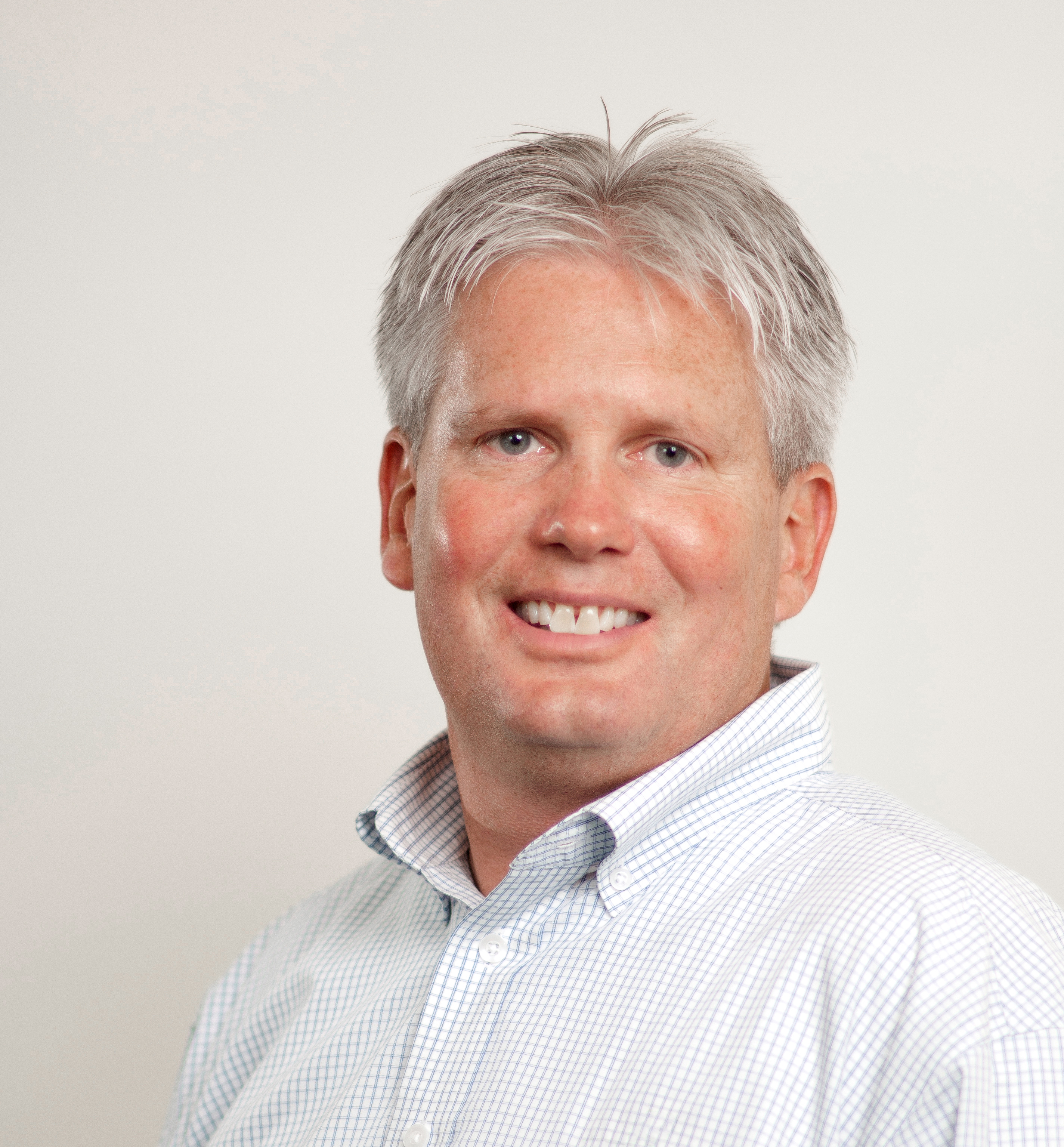Q: MMC Corp’s ESOP has been in place for quite a while. Can you tell us a bit about how well the value proposition of that model has held up for your organization?
A: Our ESOP started in 1999, when the owning family sold 30 per-cent of the company to the employees; in 2000, there was a transaction to sell the other 70 percent and become a 100 percent employee-owned company. So we’re 20 years into employee ownership. I was here when the family sold the company to the employees, as were many of my co-workers and peers today. That probably speaks volumes about the value proposition, that we’re still here.
 Q: How did the transition to that ownership structure change in the company?
Q: How did the transition to that ownership structure change in the company?A: In general, the shared ownership ties together our culture—everyone feels more connected to the organization; therefore, I believe, productivity has certainly increased. From a retention standpoint, our employee ownership ties all of our employees back to the organization, and it becomes a very powerful piece of how the company operates moving forward. Before we became an ESOP, MMC was a great company when it was family owned. The shared ownership has really driven our culture, I would say, to the next level. There’s something about everyone working besides each other every day and having skin in the game, the sense of ownership and pride in everything we do, pride in what our company stands for, pride in our core values, and all of those tie employees to one another and drive camaraderie across the organization. Obviously, there’s a little peer pressure involved, making sure everyone is pulling their fair share of the load and more. And at the end of the day, there’s an appreciation for continuing our growth and the value of the overall organization.
Q: What does that shared-ownership culture look like in practice?
A: We have an over-arching operative principle, and that is, train your replacement. We see a lot of people that are eager, willing and wanting to make sure they’re doing what’s needed to do to train the next generation. The overall goal of the company is to be sustainable with our position as an employee-owned organization into perpetuity. Therefor, all employees have to embrace that responsibility to train and develop the next generation, so the company can remain strong, get better every day, year over year, and have a stronger position when this generation leaves and turns things over to the net generation.
Q: Not all ESOPs get to 100 percent employee ownership within a short time frame; some operate almost as hybrids, if you will, with ownership families retaining significant shares for years. Does it make a difference, once employees are invited into the mix, on how much of the company is in their hands?
A: It does make a difference to go to full 100 percent employee ownership. Now, we weren’t a partial ESOP long enough to where being em-
ployee-owned had really started to make a big difference, for the organization to understand what it really meant. At that second transaction to 100 percent employee ownership, there was nothing necessarily or distinctively difference about the structure of the MMC ESOP, but in general, there is a significant difference when you do become 100 percent employee-owned and all of the shares of the company are held by the employees. We have a very conscious strategy at MMC to make sure our ESOP is a sustainable benefit into the future and to make sure we’re providing today’s new employees, starting today, the same opportunity for ownership and in turn, retirement savings that those of us here from Day One as owners have had across their careers.
Q: How valuable is having this ownership structure as a tool to attract talent?
A: We get to offer what many others can’t: a chance to come to work at a company where your sweat equity and skin in the game really matters for you, as well as the company. It’s somewhat a challenge to garner the complete understanding of how that works at first when you’re talking to new recruits, but it’s certainly extremely easy to recruit new talent into the organization that’s familiar with ESOP ownership structures. We do have to spend, and our recruiting team spends, a significant amount of time going over the ESOP and what does it mean to become an employee owner at MMC, and how the ownership structure ties the organization together. From an advantage standpoint, absolutely it helps, even if it takes a little more time to make sure we provide a thorough explanation and understand of the benefits of that ownership.
Q: You mention the powerful retention aspects. Do you have ways to measure just how strong that pull is?
A: We keep our retention metrics. From my standpoint, they reflect extremely low turnover. That’s not something that I spend a great deal of time worrying about that. The culture and the opportunities speak for themselves. For those we want staying in the organization, we don’t have trouble keeping them. We invest a great deal of time and money in our training and development program. Obviously, as we set out to invest in our employees throughout that training and development, we’ve got a reasonably good sense of whether there are any retention issues or potential issues. So were making sure that we’re placing our investment in that level of talent that will be here for the long term.
Q: Why does this ownership structure seem to work so well within traditional blue-collar settings like construction, and within certain professional fields like engineering?
A: I think it’s got a lot to do with the opportunities that ownership gives to men and women in the field performing our work. They get an opportunity with the tool belt on, or with a wrench in hand, whatever their trade or craft might be, to have that pride of ownership, which translates into the quality of work they install in the field. They understand they have to do a quality job for a client for that client to hire the company back a second, third and fourth time. I know in Kansas City alone, there is a fairly significant sector of employee-owned companies, and many in the engineering/construction world. And I believe all would say the same thing: the ability to translate ownership and sweat equity into value, and appreciation of ownership in the organization—that is a tremendous driver for our industry.
Q: What guidance might you have for any ownership family or individual preparing to sell their companies, especially on what the benefits of ESOP conversion might mean for them as sellers?
A: “If you pick up the phone, you can talk with any number of employee owned companies in this market, and the one thing you’ll find about the employee ownership model is that while they may in some cases be competitors, they’re still willing to share information, lessons learned, best practices from being employee-owned, and provide advice. There’s plenty of assistance out there.”The first thing I’d advise would be to make a few calls, start with MMC, but there are plenty of resources to guide them. Every seller has his own motivations for selling a company, so it may work and may not for everyone that’s looking to sell. Obviously, great companies have great people, and those great people have made tremendous personal sacrifices and had tremendous impact on the performance of the company, or the seller wouldn’t be in the position they are to sell. What better way to reward those who got them to that position for the effort and sacrifice they have made than to provide them with the same ownership opportunities they themselves had?
Q:Can you think of any argument against that type of structural change?
A: For me, it comes back to motivation; it’s hard for me to see a downside in rewarding people for hard work and sacrifice. There are also significant financial considerations that have to be taken into account, and what the owner wants to get out of selling. Selling to employees may not be as quick a transition as they are looking to make, for example. There are a lot of things, factors that have to be looked at. But it’s a powerful way to structure the ownership of an organization, about providing that American Dream of owning an being a part of something. Working for an ESOP, working for a place where our hard work and effort isn’t just reflected in a paycheck, or hopefully with some retirement match into a 401(k) or whatever—instead, an ESOP is a place where hard work and dedication is realized. Every employee is playing
a position on the team, and every position is important. Every position has a line of sight to the value of the overall organization.

 Q: How did the transition to that ownership structure change in the company?
Q: How did the transition to that ownership structure change in the company?